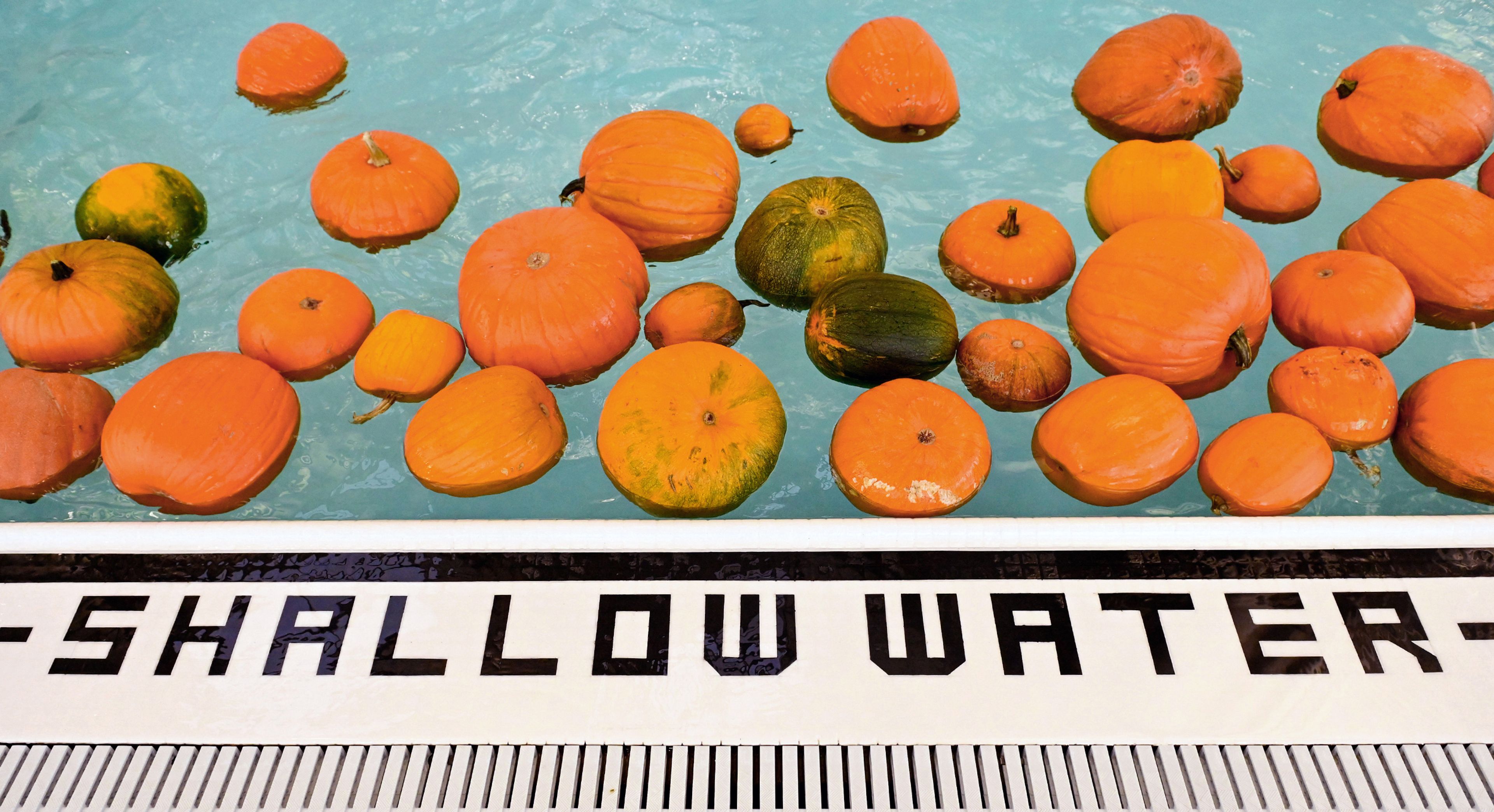Each season sees us bringing different plants into our lives. Some seasonal plants popular now can be harmful to our pets.
Autumn crocus is often a flower lover’s attempt to squeeze one more drop of summer beauty out on the shoulder of the season. Unfortunately, the beautiful plant produces a dangerous chemical alkaloid known as colchicine.
In human medicine, colchicine is prescribed to prevent or treat attacks of gout. The condition is caused by too much uric acid in the blood and causes extreme localized pain in certain joints.
In pets, ingesting the flower or leaves of the autumn crocus can lead to gastrointestinal symptoms including bloody vomit, stomach pain and diarrhea. If they eat enough, the result can be liver and kidney damage, respiratory failure, damage to the central nervous system and even death. Care for such a case may be so expensive that owners choose humane euthanasia.
Another plant that grows from a bulb is amaryllis. The entire plant, both above and below ground, is toxic. For both cats and dogs, look for drooling, nausea, vomiting, diarrhea and abdominal pain. Not many cases result from ingesting this plant, but if it is eaten, the animal will require significant supportive care.
Hardly a Christmas card is printed without including an image of holly. The contrast between dark green leaves and blood red berries against a snowy backdrop is just too good to ignore. Holly berries are quite toxic if ingested by pets, horses and even children.
Typical symptoms can result in children after eating only two berries. In pets and horses, look for nausea, vomiting and sometimes diarrhea. Chewing the leaves or berries can result in mouth and throat abrasions, bleeding and pain.
University communities often are cloaked in ivy, a symbol of education. Ivy is, however, quite toxic to pets. Eating ivy leaves can produce vomiting, abdominal pain, increased salivation and diarrhea. The sap can also produce a contact dermatitis. This is another poisonous plant that typically does not produce many calls to the nation’s poison control center. If it is new in the home and the signs of ivy poisoning occur, it cannot be ruled out.
This next one is a big one: yew plants. Again, yew is all around us in various subspecies. The Pacific yew is toxic to elk in particular. If winter pushes elk down into landscaped areas, it is likely they will be exposed to Pacific yew. And it is likely they will eat the evergreen plant in the absence of other plants and die.
In pets, yew will produce the common gastrointestinal symptoms. Owners may see vomiting and diarrhea. If the pet eats enough, owners can look for muscular tremors and labored breathing. Dogs will often develop seizures. Further on, yew poisoning can result in acute heart failure and death.
A plant we don’t see here unless we buy it, is mistletoe. When I lived in Fort Worth, Texas, more than a half century ago, it grew wild in most trees. Both varieties of mistletoe, European and American, are toxic to pets.
The popular “kissing under the mistletoe,” plant can cause mild gastrointestinal symptoms, such as vomiting and diarrhea, like so many other plants. Occasionally, it can cause low blood pressure, reduced heart rate and difficulty breathing.
The bottom line is, preventing such poisonings is possible. But if you suspect your pet has eaten a holiday plant, at least call the ASPCA 24/7 Poison Control Hotline at (888) 426-4435, especially if you can’t reach a veterinarian on call.
Alternatively, one can call the Pet Poison Helpline at (855) 764-7661. There are small fees for the call but they can save you far more.
Powell, of Pullman, retired as public information officer for Washington State University’s College of Veterinary Medicine in Pullman. This column reflects his thoughts and no longer represents WSU. He may be contacted at charliepowell74@gmail.com.





